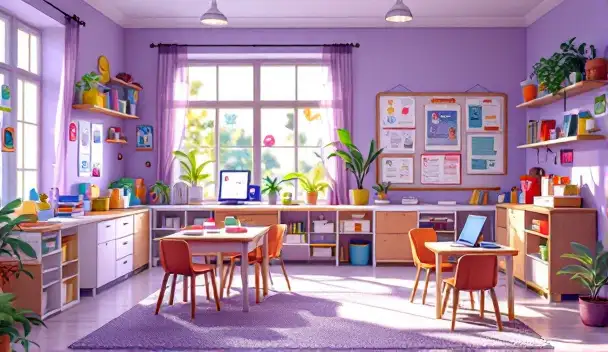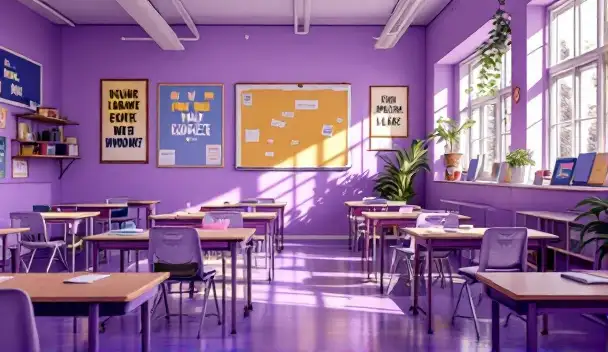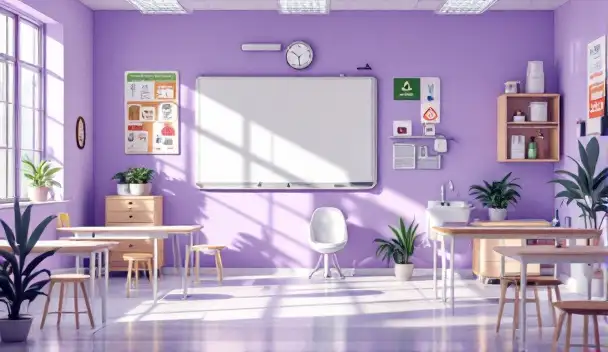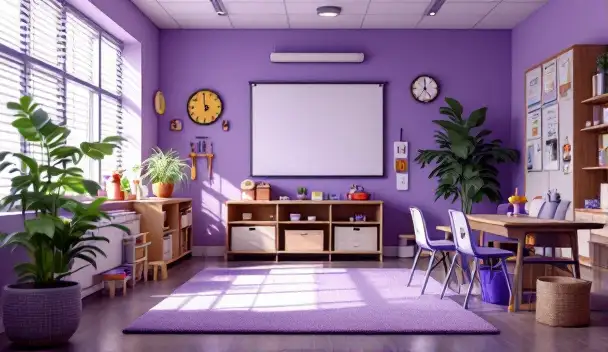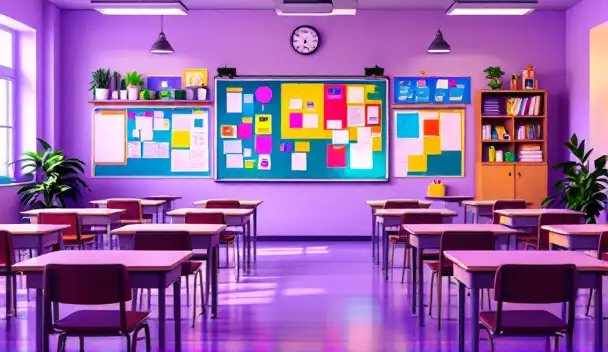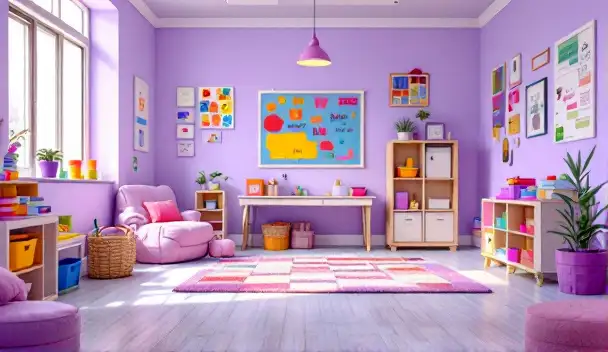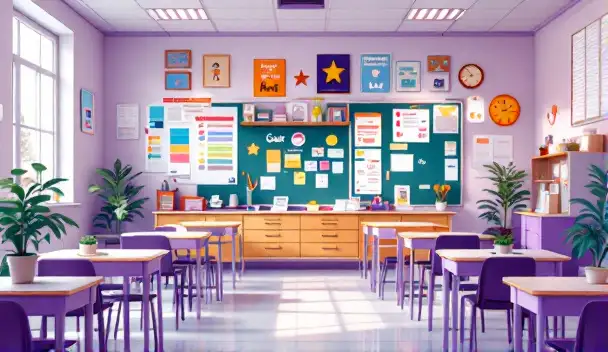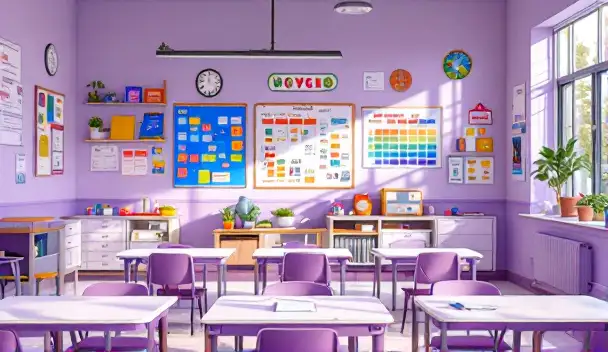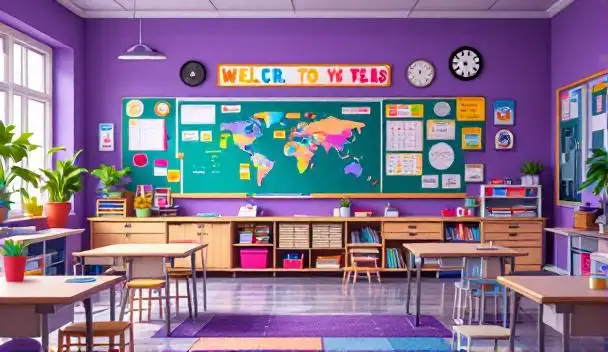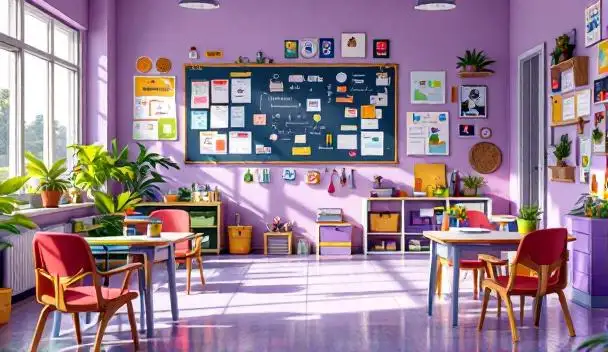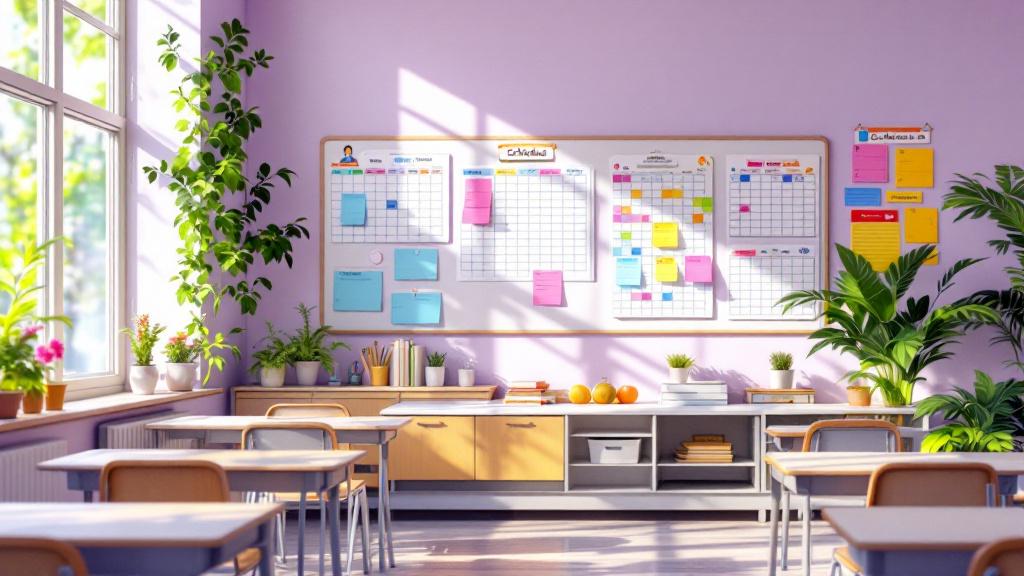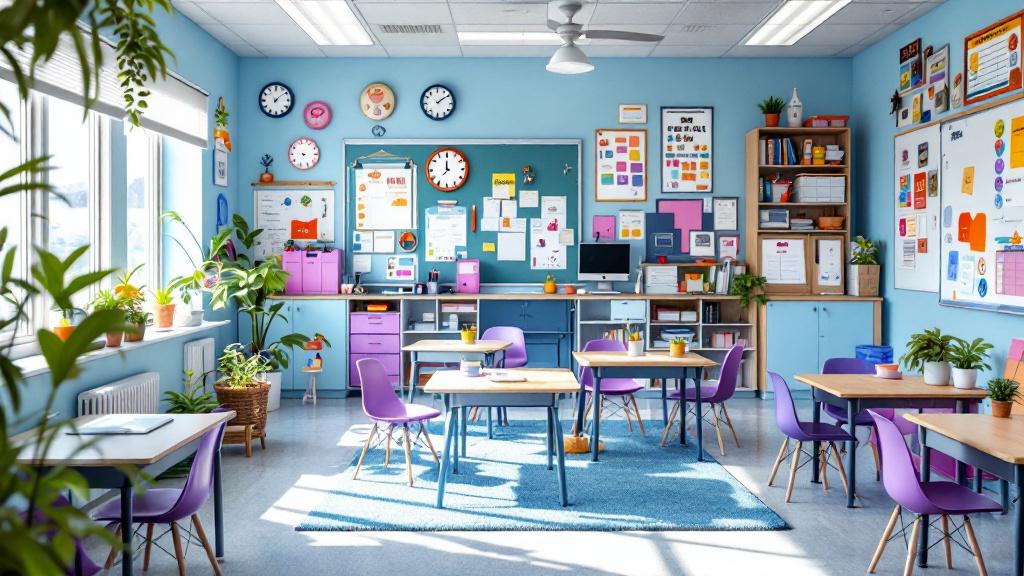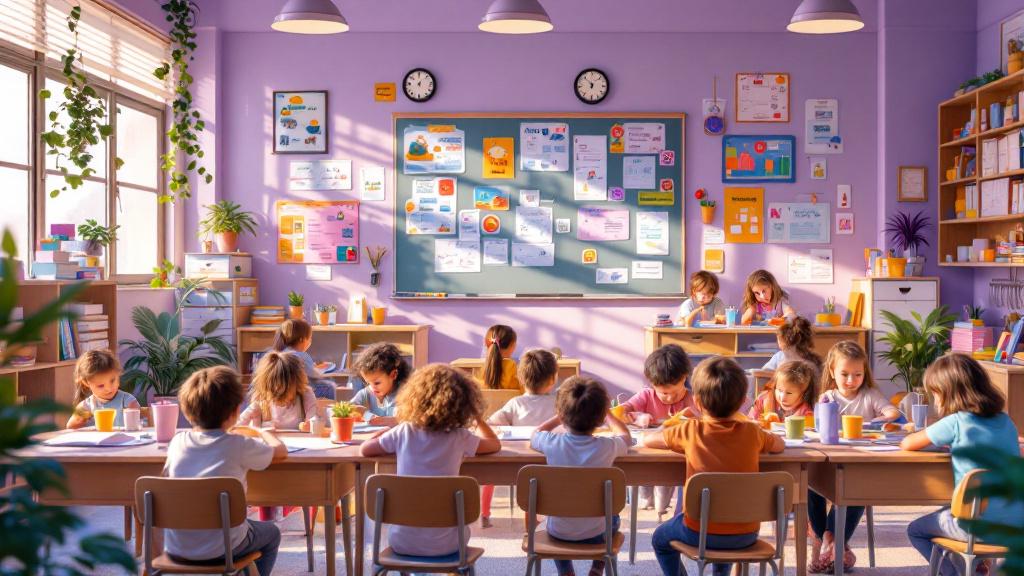Understanding How ABA Therapy Facilitates Skill Generalization and Retention
Applied Behavior Analysis (ABA) therapy is widely recognized for its effectiveness in promoting lasting behavioral and skill improvements, especially for individuals with autism spectrum disorder (ASD). Central to its success are specific strategies that not only teach new skills but also ensure they are retained and applied across various environments. This article explores how ABA therapy supports skill retention through innovative methods and evidence-based practices, emphasizing the importance of generalization, environmental modifications, and caregiver involvement.
Key ABA Techniques for Skill Acquisition and Retention
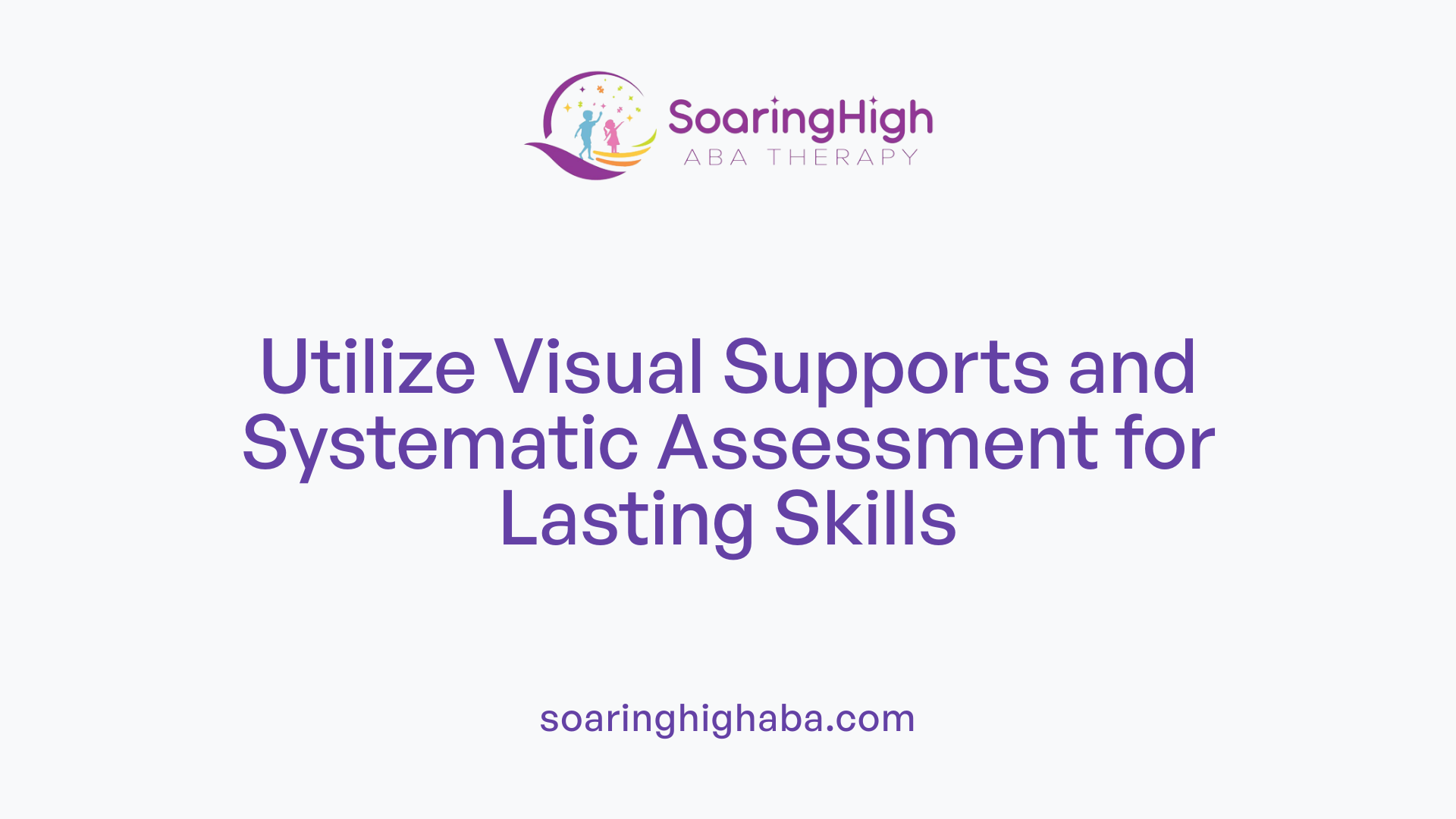
What are the methods and benefits of ABA therapy related to skill retention?
ABA therapy employs several approaches to help individuals retain skills effectively. One of the foundational techniques is Discrete Trial Training (DTT), which involves breaking complex skills into small, manageable steps and practicing them through repeated trials. This method builds strong foundational skills and allows for precise measurement of progress.
Another essential approach is Natural Environment Training (NET), where skills are taught within everyday activities and routines. This real-life context helps learners apply and generalize what they've learned across different environments, making skills more meaningful and functional.
Task Analysis simplifies complex activities into smaller, sequential steps, which enhances understanding and execution of tasks. This boosts executive functioning by encouraging organized and systematic learning.
Visual supports—such as picture schedules, token boards, and social stories—serve as helpful cues that clarify expectations, reduce frustration, and foster independence. These tools are tailored to individual preferences and developmental levels, promoting better comprehension and memory.
The combination of these methods—reinforcement, prompting, modeling, and fading—ensures that skills are not only learned but also maintained over time. Systematic assessment and continuous data collection help customize interventions and monitor progress.
Research shows that employing these techniques can lead to significant improvements in skill retention, reduced problematic behaviors, and increased ability to generalize skills across various settings like home, school, and community. Consistent application of positive reinforcement and environmental modifications encourages sustained learning and behavioral adaptability.
Overall, ABA therapy’s structured, personalized methods support long-term skill development by making learning engaging, meaningful, and applicable in real-world contexts. The ongoing evaluation of progress ensures that strategies are effective and can be adjusted to meet evolving needs, ultimately fostering independence and confidence in learners.
Promoting Generalization Through Strategic Techniques

How do ABA techniques and practices promote the generalization of skills?
ABA therapy emphasizes varied and strategic approaches to help individuals apply learned skills across different environments and situations. One of the core strategies involves systematically altering stimuli, prompts, and settings during instruction. This method, known as programming for variability, ensures that learners are exposed to a range of circumstances, making their skills more adaptable.
Natural Environment Teaching (NET) plays a vital role by training individuals within the context of everyday activities. This real-world approach encourages immediate application and transfer of skills. Training across multiple contexts—such as home, school, community, and social settings—further supports the generalization process.
Visual supports, such as schedules, social stories, and videos, prepare learners for unfamiliar or challenging situations. These tools help reduce anxiety and clarify expected behaviors, facilitating smoother transitions and broader skill use.
Community-based practice is another essential element. Engaging learners in real-life environments, like grocery stores or parks, reinforces skills learned during structured sessions. This hands-on practice with various people and in different settings enhances the likelihood that skills will be retained and used effectively.
In addition, reinforcement strategies that extend beyond the training setting—using natural reinforcers and socially relevant rewards—encourage ongoing use of skills. Regular generalization probes and the gradual fading of prompts ensure that behaviors are maintained over time and across situations.
Overall, a combination of systematic variation, community engagement, visual supports, and reinforcement practices form the backbone of successful skill transfer in ABA therapy.
Techniques used to reinforce skills across different environments and individuals
| Technique | Description | How it Supports Generalization |
|---|---|---|
| Varying Stimuli | Introducing different objects, settings, and people during training | Promotes adaptability to diverse environments |
| Natural Environment Teaching | Incorporating skills into daily routines | Facilitates immediate real-world application |
| Visual Supports | Using schedules and social stories | Prepares learners for new and challenging situations |
| Practice in Community Settings | Engaging in real-life activities | Reinforces skills in natural settings |
| Fading Prompts | Gradually reducing cues | Ensures skills are retained without dependence |
| Social Stories and Role-playing | Simulating social situations | Builds confidence across various social contexts |
By combining these strategies, ABA therapy effectively fosters the transfer and endurance of learned skills beyond structured sessions, enabling individuals to navigate different environments and interact successfully with various people.
Supporting Skill Retention Across Diverse Settings

How does ABA therapy support skill retention across different environments?
ABA therapy employs a variety of strategies to ensure that learned skills are maintained and effectively transferred to real-life situations outside of structured therapy sessions. A central focus is on promoting generalization—helping individuals apply skills across different settings, materials, and social contexts.
One effective method is gradually exposing individuals to a variety of environments, such as home, school, community outings, and social settings. By practicing skills in multiple contexts, learners become more adaptable and confident in applying what they have learned.
Modeling and role-playing are also crucial. Therapists demonstrate expected behaviors while the individual observes, providing clear examples of appropriate responses. Role-playing activities simulate day-to-day social interactions, preparing learners for real-world situations.
Social stories are especially useful in developing social skills. These are personalized narratives that explain social norms and expected behaviors in specific situations, like visiting a new place or interacting with peers. They help reduce anxiety and clarify expectations, making it easier for individuals to generalize skills.
Consistent reinforcement and ongoing data collection ensure that progress is tracked accurately. Caregivers, teachers, and other stakeholders play an essential role in reinforcing skills outside therapy settings. By providing praise and feedback in various contexts, they motivate continued use of new skills.
Monitoring progress allows therapists to adjust intervention plans accordingly. Fading prompts over time encourages independence, while introducing new environmental variables helps solidify the transfer of skills.
How does ABA support skill retention and generalization?
| Strategy | Description | How it enhances skill retention |
|---|---|---|
| Exposure to varied environments | Introducing skills in different settings and situations | Promotes adaptability and independence in real-world contexts |
| Modeling and role-playing | Demonstrating behaviors and practicing through simulation | Reinforces correct responses and prepares for actual encounters |
| Social stories | Narratives explaining social expectations | Clarifies situational norms and reduces social anxiety |
| Data collection & reinforcement | Tracking progress and providing positive feedback | Maintains motivation and ensures learned behaviors are reinforced |
| Caregiver and teacher involvement | Consistent practice and reinforcement outside therapy | Ensures ongoing support and generalization across environments |
ABA’s structured, data-driven approach, combined with positive reinforcement and environmental variability, greatly improves the chances that skills are retained and effectively used across different parts of everyday life. This comprehensive strategy supports not just skill acquisition but meaningful, lasting behavioral change.
Strategies for Skill Maintenance and Transfer
What strategies are used in ABA therapy to help maintain and transfer skills across settings?
ABA therapy employs several effective techniques to ensure that skills are not only learned but also sustained and applied across different environments. One fundamental approach is teaching skills in multiple settings. This exposure helps individuals recognize that the skills they acquire are relevant and useful in various contexts, facilitating their transfer.
Involving caregivers, teachers, and other stakeholders plays a crucial role. By providing consistent reinforcement and practicing targeted behaviors in different environments, these collaborations promote continuity and help embed skills into daily routines.
Naturalistic teaching methods are widely used to enhance skill generalization. Techniques such as incidental teaching and embedded instruction involve integrating learning into normal activities and routines. For example, teaching language during play or daily chores makes skills more meaningful and functional.
Stimulus variation and reinforcement strategies significantly support skill transfer. Systematic changes in materials, settings, and tasks prepare individuals for adapting to new situations. Reinforcing efforts to generalize skills, like praising appropriate responses across different settings, encourages consistent application.
Behavior chaining, which involves linking simple behaviors into more complex routines, supports the transfer of skills to real-world scenarios. By practicing these chains in various settings, individuals become more adaptable.
Close collaboration with caregivers and educators ensures reinforcement remains consistent outside the therapy environment. This consistency is vital for maintaining progress and reducing the chances of regression.
Finally, emphasizing functional skills that are naturally reinforced in everyday life increases motivation and helps ensure these behaviors are sustained in the long term. Regular monitoring and adjusting intervention plans based on progress help maintain effective skill transfer across environments, building independence and confidence for individuals with autism.
Empirical Evidence Supporting ABA’s Effectiveness in Skill Maintenance
Research consistently confirms that Applied Behavior Analysis (ABA) is highly effective in helping individuals develop and sustain important skills. A significant aspect of ABA’s success lies in its focus on generalization—the ability to apply learned skills across different environments and situations.
Studies involving early and intensive ABA interventions have demonstrated lasting improvements in areas such as communication, social interaction, and daily living skills. These advancements tend to transfer across settings like home, school, and community, indicating strong skill maintenance over time.
One reason for this success is the use of naturalistic teaching methods within ABA. Techniques like Natural Environment Training (NET) allow learners to practice skills within real-life contexts, which enhances their applicability beyond therapy sessions. Such methods involve incidental teaching, embedded instruction, and behavior chaining, all aimed at mimicking everyday experiences.
Research shows that reinforcement strategies, prompting, and gradual fading skills contribute significantly to establishing durable behaviors. These strategies are reinforced through consistent practice in various settings, ensuring skills are not confined to a structured environment.
Functional Behavior Assessments (FBAs) further support skill generalization by helping customize interventions to meet individual needs. By understanding why behaviors occur, therapists can design targeted strategies that promote persistence and transfer of skills.
Meta-analyses and long-term follow-up studies add strength to the evidence, revealing that skills learned through ABA tend to endure over time. They also show that skills are more likely to be maintained when intervention plans include caregiver and educator involvement, ongoing monitoring, and adaptive modifications.
In summary, the existing research confirms that ABA’s systematic, evidence-based approach fosters lasting, generalized skills essential for increased independence and quality of life for individuals with autism.
The Foundation of ABA: Core Principles and Environmental Structuring
Reinforcement and Positive Feedback
ABA therapy relies heavily on reinforcement and positive feedback to encourage desirable behaviors. When a person successfully performs a target behavior, praising or rewarding that effort helps strengthen the behavior. This positive reinforcement creates a motivating environment, making it more likely that the individual will repeat the behavior in the future. Celebrating small successes builds confidence and promotes ongoing learning.
Modifying Antecedents
Adjusting environmental cues before a behavior occurs, known as antecedent modification, helps create the right conditions for learning. Techniques such as priming—showing pictures of a new setting or discussing expected behaviors beforehand—reduce anxiety and prepare individuals to handle transitions calmly. Structured schedules with clear timelines also provide predictability, assisting learners in knowing what to expect and easing their responses. Using visual supports and clear routines promotes better understanding and helps establish expected behaviors.
Tailoring Interventions to Individual Needs
Every person has unique strengths and challenges, so ABA programs are adapted to fit individual needs. Comprehensive assessments identify specific goals, and interventions are personalized to help achieve meaningful progress. By focusing on areas like social interaction, communication, and cognitive skills, therapists can design strategies that maximize learning. Combining different techniques, such as Discrete Trial Training (DTT) for foundational skills and Natural Environment Training (NET) for applying these skills in everyday life, ensures interventions are relevant and effective.
Systematic Data Collection for Progress Monitoring
Accurate data collection is vital in ABA therapy. It allows practitioners to monitor progress, identify barriers, and refine strategies accordingly. Tracking behaviors through structured methods enables the systematic analysis of antecedents, behaviors, and consequences. This data-driven approach supports the customization of programs and enhances skill retention across various environments. Moreover, ongoing collaboration with caregivers and educators ensures consistent reinforcement, further promoting the generalization of learned skills.
| Technique | Main Focus | Application Example | Benefits |
|---|---|---|---|
| Discrete Trial Training (DTT) | Teaching skills in small, manageable steps | Learning basic communication skills | Builds foundational skills through repetition |
| Natural Environment Training (NET) | Teaching skills within everyday contexts | Using play or chores to reinforce learning | Facilitates real-world application |
| Antecedent Modification | Preparing the environment to prevent challenging behaviors | Showing pictures before a new activity | Reduces anxiety and sets expectations |
| Data Collection | Tracking progress systematically | Recording responses during therapy sessions | Guides adjustments to intervention plans |
| Visual Supports | Using visual cues to aid understanding and memory | Visual schedules and social stories | Enhances comprehension and routine adherence |
Understanding and implementing these elements form the backbone of effective ABA therapy. Tailoring practices to individual needs, employing systematic data collection, and structuring environments appropriately helps individuals achieve lasting behavioral improvements and skill generalization across different settings.
Integrating ABA with Daily Life and Long-Term Success
Parent and caregiver collaboration
Effective ABA therapy emphasizes the importance of working closely with parents and caregivers. These partnerships ensure that learned skills are reinforced consistently across all settings. Caregivers are trained to implement specific strategies such as visual supports, prompting techniques, and reinforcement protocols. Regular communication between therapists and families helps adapt interventions to evolving needs, making skill transfer smoother. By maintaining collaborative efforts, children can practice skills in familiar environments, boosting confidence and promoting better retention.
Environmental modifications for generalization
Creating supportive environments is crucial for successfully generalizing skills. ABA practitioners suggest adjusting physical spaces by using visual cues, clearly labeled areas, and predictable routines. These modifications help learners understand expectations and navigate new settings with less anxiety. Incorporating natural settings and everyday activities, like grocery shopping or meal preparation, provides real-life practice. Stimulus variation and gradually introducing different contexts train individuals to respond appropriately no matter the environment.
Consistent reinforcement and routine
Routine consistency plays a vital role in maintaining learned behaviors over time. Structured schedules with clear start and end times enable children to anticipate transitions, reducing stress and confusion. Using visual schedules helps children understand daily routines and important events. Consistent reinforcement, such as praise and rewards, encourages repetition of desired behaviors. When reinforcement is applied across various environments, it strengthens behaviors and increases the chances of long-term success. By embedding these elements into daily life, ABA therapy fosters sustainable skill development and builds independence.
Maximizing the Potential of ABA for Skill Durability
ABA therapy, with its evidence-based techniques, personalized approaches, and focus on environmental consistency, offers a comprehensive pathway to not only teach new skills but also ensure their long-term retention and generalization across diverse settings. Through strategic teaching methods, caregiver partnership, and ongoing assessment, ABA enables individuals to apply key skills in real-world contexts, fostering independence and improving quality of life.
References
- How ABA Therapy Enhances Learning and Cognitive Skills
- How to Support Learners with ABA Across Different ...
- Effective ABA Therapy Techniques
- Strategies for Generalizing ABA Skills Across Settings
- Understanding Visual Supports in ABA Therapy
- Optimizing the Learning Environment: How ABA Skill Building ...
- What are ABA Therapy Techniques and How are They Used?
- ABA Techniques: Strategies for Behavior Analysts - GSEP Blog
- 10 Common ABA Therapy Techniques












